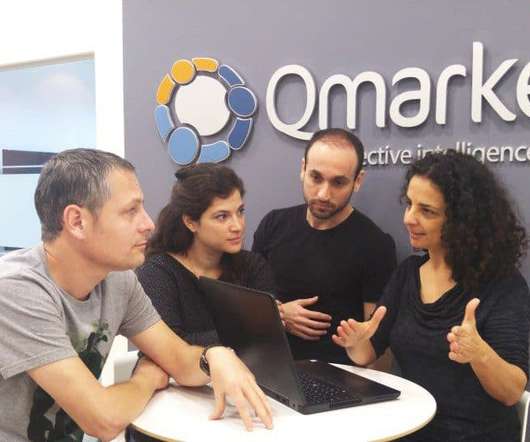The Book that Took 9 Years to Publish
Stephen Shapiro
FEBRUARY 25, 2020
March 2011: I submitted the final manuscript to Penguin for Best Practices are Stupid. April 2011: Almost immediately after submitting the manuscript, I conceived the concept of a “Challenge Toolkit.” May 2011: I created a spreadsheet cataloging a number of lenses. Over time I added to it, collecting dozens of them.




















Let's personalize your content